7 Tips for a Great Camp Meal Plan
Embarking on a camping trip requires consideration of countless details, with food ranking among the top priorities. It’s improbable that you’d neglect to bring food entirely, but you might not maximize your experience if you don’t choose the most suitable foods for the environment. Let us guide you through the intricacies of camp meal planning to ensure you’re well-equipped for your upcoming escapade!
Camp Meal Planning
Keep in mind, even though you may have to prepare and eat different foods than you otherwise might, this gives you an opportunity to find new things to love that you only get while camping. As such we have put together a list of 7 tips on how to prepare a great camp meal plan for your next adventure.
Snacks
Camping snacks are easily one of the most overlooked aspects of a meal plan because it is easy to get “snacks” at any gas station or corner store. However, when you are hiking for miles every day across difficult terrain, it is a good idea to make sure that you pack snacks which will provide a good boost of energy without a corresponding crash. This means that you will need to ditch the candy and chocolate and choose something a bit healthier. Thankfully, there are plenty of great options to choose from, but you need to let nutrition lead the way.
For instance, sugar is excellent at providing a short boost of high energy, but it also leaves you feeling drained once the sugar has been consumed. A much better source of energy when engaging in endurance testing–which is what camping will inherently do unless you have adapted to it–is protein.
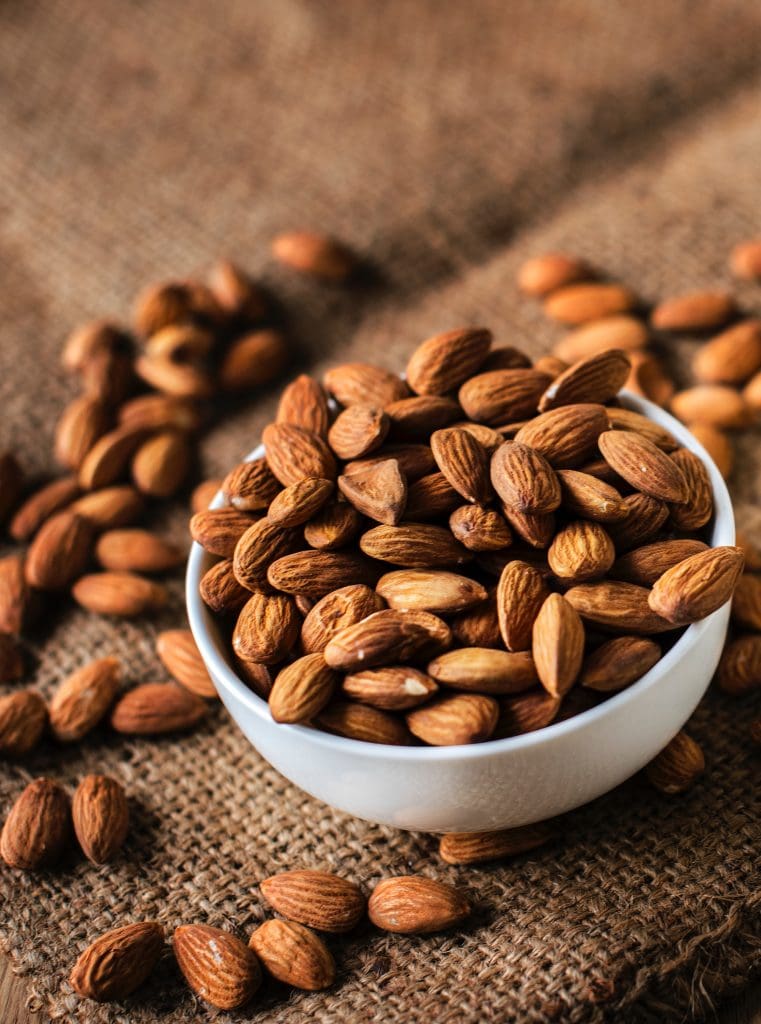
Protein provides good, clean energy without the crash. Nuts and legumes are a great source of protein that is easy to carry as are salted or dried meats like jerky.
That said, there is nothing wrong with using sugar as a means of getting a bit of an energy boost should you need one at the moment
. The difference is that you do not need to rely on highly-concentrated, long-chain sugars like the ones that you will find with a lot of candies. Instead, if you need a quick pick me up but do not want to have to worry about a crash later, opt for dried fruits.
The sugars in dried fruits will provide a quick boost, but because they are usually not nearly as concentrated or potent, they do not produce the same crash you get with processed sugars.
Breakfast
Breakfast is easily one of the trickiest meals to plan for because breakfast in one of the few meals that are almost expected to have some type of cold option–whether from the food, the beverages, or a combination of the two. For instance, it will be fairly difficult to eat cereal while camping unless you have a dedicated freezer, a high-end cooler, or are camping in a cold-weather climate. As such, it is a better idea to consider foods which either need little to no preparation or foods which are intended to be served hot. It is important to remember that the food not only needs to be served hot or with little preparation, but they also need to be kept at temperatures likely far warmer than your refrigerator.
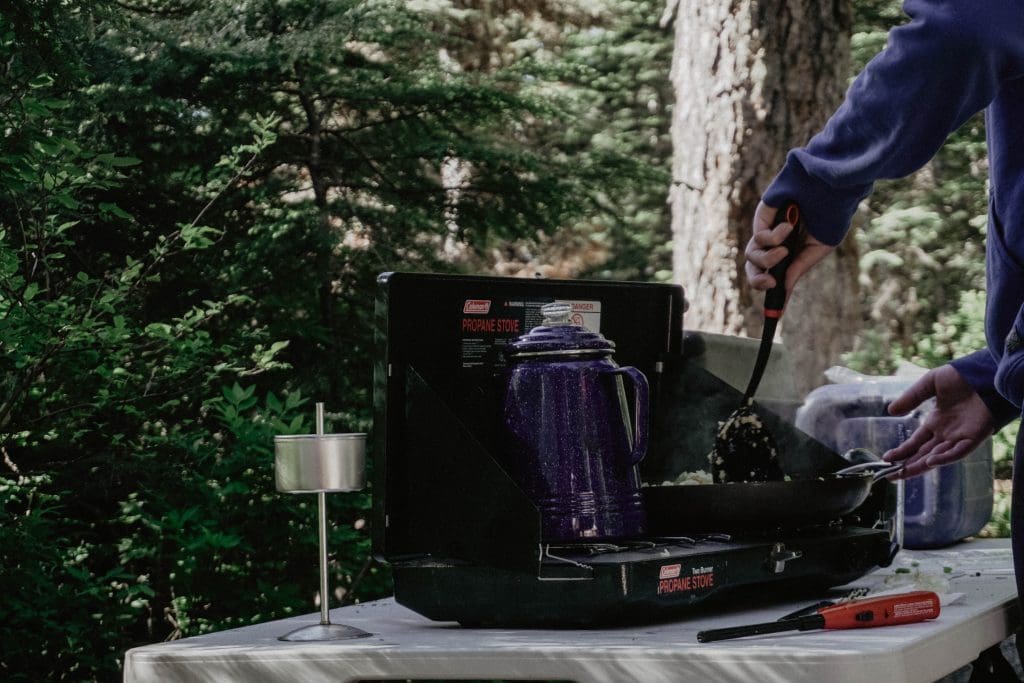
Remember, even if you have a cooler full of ice, chances are that it is still not as cold as the inside of your refrigerator–not to mention the fact that you either need to keep getting more ice which limits your camping location options.
This means foods you would otherwise serve hot but need to be kept cold beforehand, like eggs, are also not the best foods. Of course, breakfast is also one of the meals while camping that is best served from a functional perspective.
Of course, if you want to impress, there are plenty of options with potatoes so long as you bring a cast iron griddle with you. There are also a number of different types of breakfast meats made specifically to be housed at room temperature. Anything from bacon to sausage to various other types of meat can be combined with cheese and vegetables to form a type of stir-fry/scramble. Finally, it is always a good idea to start your day with some fresh fruit–though this time it should likely be chosen more for the nutritional and vitamin value than as a sugar boost.
Lunch
Lunch sits in a bit of an awkward space for a camping trip primarily because everyone has already risen and is likely enjoying themselves, the day is close to as hot as it is likely to get, and it is inconvenient to make a third cooking fire for the day. As such, lunch is often composed of foods which do not require heat to prepare and can be made quickly, easily, and carried along, if need be. This severely limits your options, but this is one of the times when you would do well to use some type of breadstuff.
Keep in mind; you do not want to overload with carb-based foods as they are technically a type of sugar. This will lead to an insulin spike facilitating a crash to break down the bread, but you do not even get the corresponding sugar rush because their bonds are too long. However, slices of bread, tortillas, or any other kind of similar breadstuff can serve as an excellent base for the lunch as well as a sort of edible plate. What you put on top of the breadstuff can vary a bit, but there is a good rule of thumb: whatever it is, pickle it.

By this we do not mean only use pickled foods on top of the breadstuff but that you should make lunches which make use of either citrus or vinegar.
This is because both of these substances are weak acids which we already use to season our food but serve as a quasi-anti-bacterial for the foods we eat. While application after the fact will not do any good, using foods which are saturated in a sauce with high quantities of either of those ingredients will help preserve it longer without having to necessarily keep it cold.
Dinner
With dinner, you will likely make this the main meal of the day–despite the fact that nutritionally lunch should be. This is because you are far less likely to want to build and set around a campfire to cook your lunch than you would be sitting around a campfire in the cooler evening to cook your dinner.
As such, dinner will end up being a larger and more involved affair than lunch which opens up your options. That said, since this is one of the few times during the day that you are liable to make a sizable fire, you should likely use this time to cook more nutritious food.

For example, it can be difficult to prepare and cook raw vegetables out in the wilds, but you should still make the point. Aside from the fact that vegetables are good for you, they are also some of the best foods to hold in warmer temperatures without spoiling.
While you will still have to make sure that they are not left out in the direct heat, you can bring any vegetable that has a skin. To cook them, simply poke holes in a sheet of aluminum foil if you want a charred flavor or leave the foil whole if you do not.
For the entree, you will likely want to go with something a bit hardy and full of protein to help replenish the additional expended energy of camping. If you are not interested in meat, large portabella mushrooms make an excellent entree and can be prepared in numerous ways.
If you opt for meat and bring your own, then this is likely where most–if not all–of your cooling efforts will go. This is so vital that you should not even bother to pack anything else in the freezer until you have all of the meats you want to bring squared away.
Dessert
Dessert is arguably the easiest part of a meal plan to pack because many of the ingredients used in making desserts hold well at room temperature without spoiling. Various sugars and carb-based products will hold for days at a time in even somewhat warm settings–though you will still want to make sure that you keep any such products out of the heat and sun as much as possible.
Whatever you do go with, however, just make sure that it can handle the temperature–and for more than just spoilage. Many confectionaries and sugar-based sweets are far more likely to melt outright in the heat than they are to go bad.
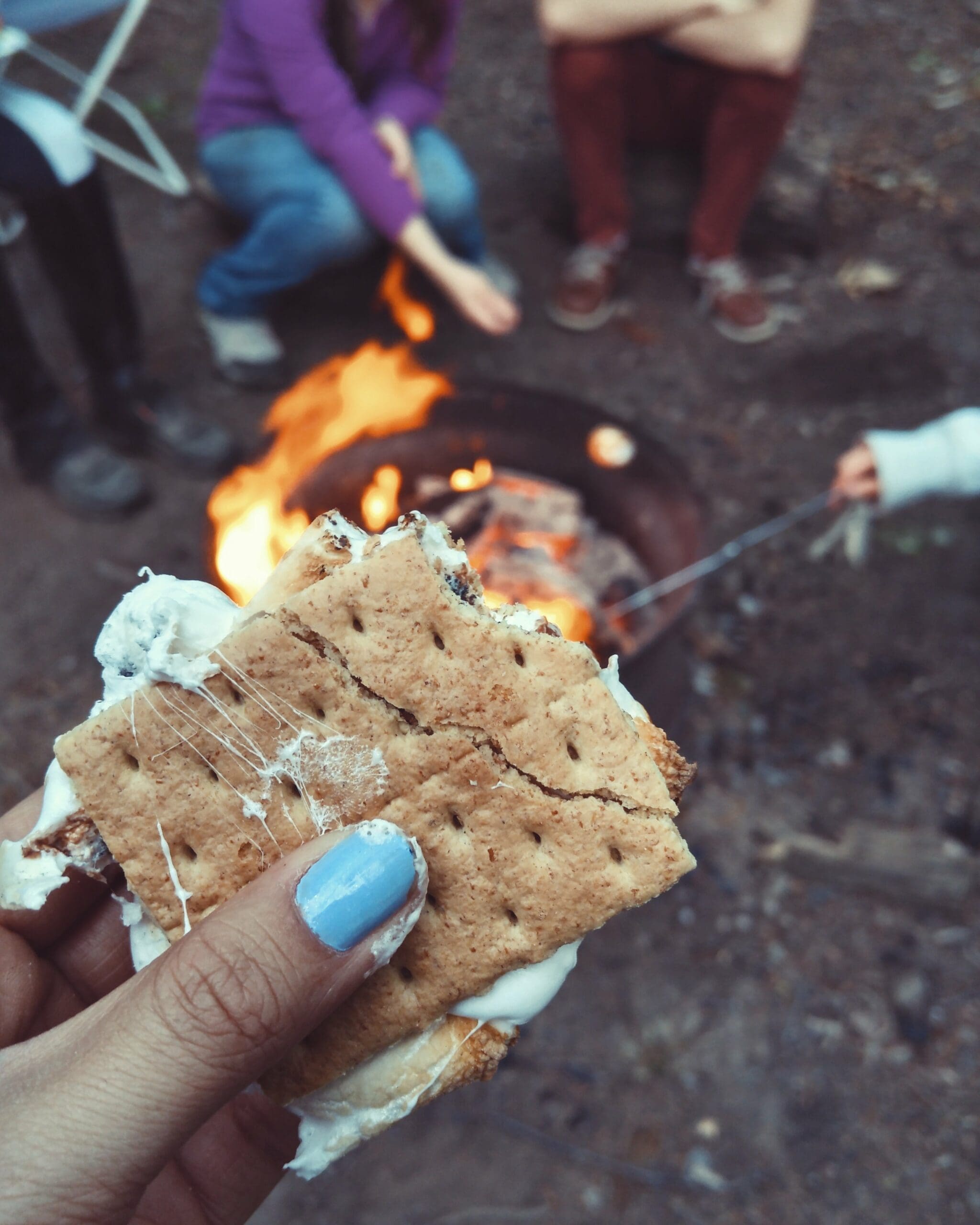
The classic camping dessert is s’mores, and that is still a viable option whether in a large group or with one or two other people. Even better, there have been numerous variations made to the classic recipe such that you do not need to feel hemmed in by the sameness of a classic.
For instance, you can spice things up by switching out the chocolate for something similar like white chocolate or even a bar of caramel. You can add sprinkles or any other number of different toppings as well–not to mention whipped cream. The point is that just because s’mores are a classic does not mean they need to be boring.
Drinks
Water is king here and for a very good reason. Even if you are the most careful of planners and campers, the fact that you will be using more water than you would in your normal life means that you will need to consume more water than you normally would as well. Keep in mind, even if you are used to drinking lots of water already or have a fairly active lifestyle, chances are that you are not used to the sheer endurance testing that hiking for multiple days in a row puts on your body. Because it is not intense, you have a tendency not to notice, but that does not change the fact that simply being more active over the period of the day will use more water than you otherwise would.

Outside of water, you will want to make sure to bring something that can replenish the lost electrolytes for the same reason that you will want to drink more water. Though, if you engage in a fairly active lifestyle already, you may be somewhat adapted to this stress and will not need to drink more electrolytes than you otherwise would normally.
While sports drinks are often the go-to for this type of beverage, you should make sure that it does not also contain other ingredients which are not so great–like copious amounts of sugar. Of course, you should also remember to bring something sweet as a treat–especially if you have children–just drink it sparingly and more when you need a quick pick me up than anything else.
Adult Fun
Not everything has to be “family friendly,” as even many adult campers with children may want to indulge a bit while out camping. Of course, you have to be careful as you do not want to accidentally become too inebriated while at the same time needing to consider which beverages will go best in the setting. Specifically, which alcoholic beverages are not too strong and are best served at room temperature. In this context, the most likely candidates will either be wine or some kind of aperitif or liqueur.
If you go the wine route, it is likely a good idea to consider which of the dinner options you go with to pair properly. On the other hand, the aperitif should be paired with dessert, as the sweetness of one will counteract the sweetness of the other. Moreover, if you are clever in your planning, you can make a dessert which can then become part of a mixed drink with the aperitif as one of the ingredients–though that requires more analysis than this humble “meal plan” list can provide.
In terms of selection, the easiest wine to use in most settings will be some kind of port–though you should probably be careful as this is one of the stronger, we recommend. Other hearty reds are also good options, though it is less likely that you will be able to keep white wines chilled to the proper temperature without additional equipment. For aperitifs, the selection list is much more extensive, though you may be limited to hot drinks if you cannot provide ice.
The reality of Camp Meal Planning
Unless you intend to go all out with a dedicated power supply and cooling system, chances are that you will have to make some tough choices and think ahead when making a meal plan for a camping trip. Because space is limited and cooled space is at a premium, you will have to consider which foods do not need to be kept cool that also provide the proper nutrients out in the wild. On top of that, there are several non-meal foods and beverages which must also be considered.
Pin it! Save this pin & share it!

What camp meal planning tips do you have? What’s your favorite camp treats? Leave your comments below!

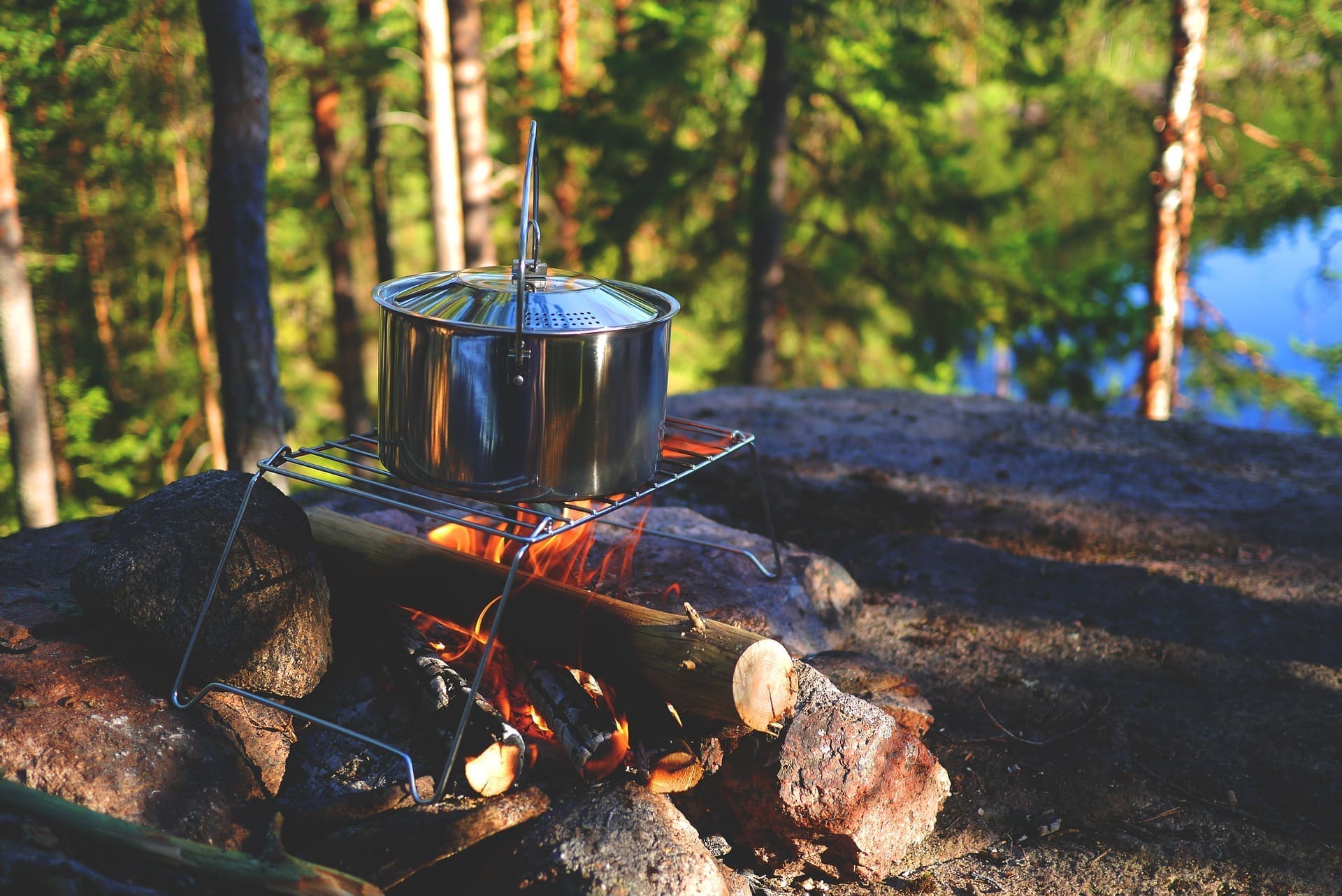
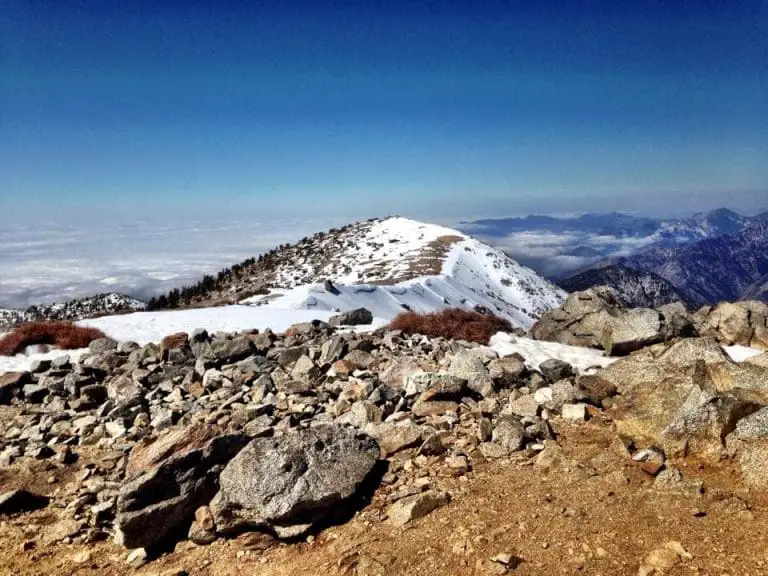
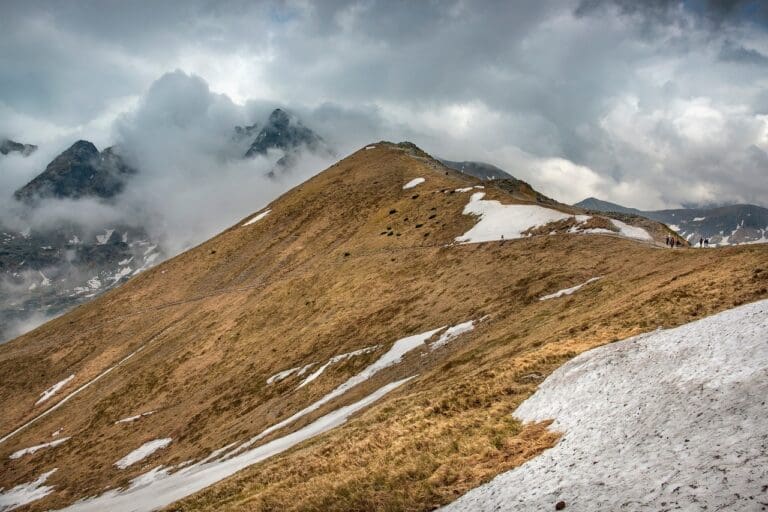
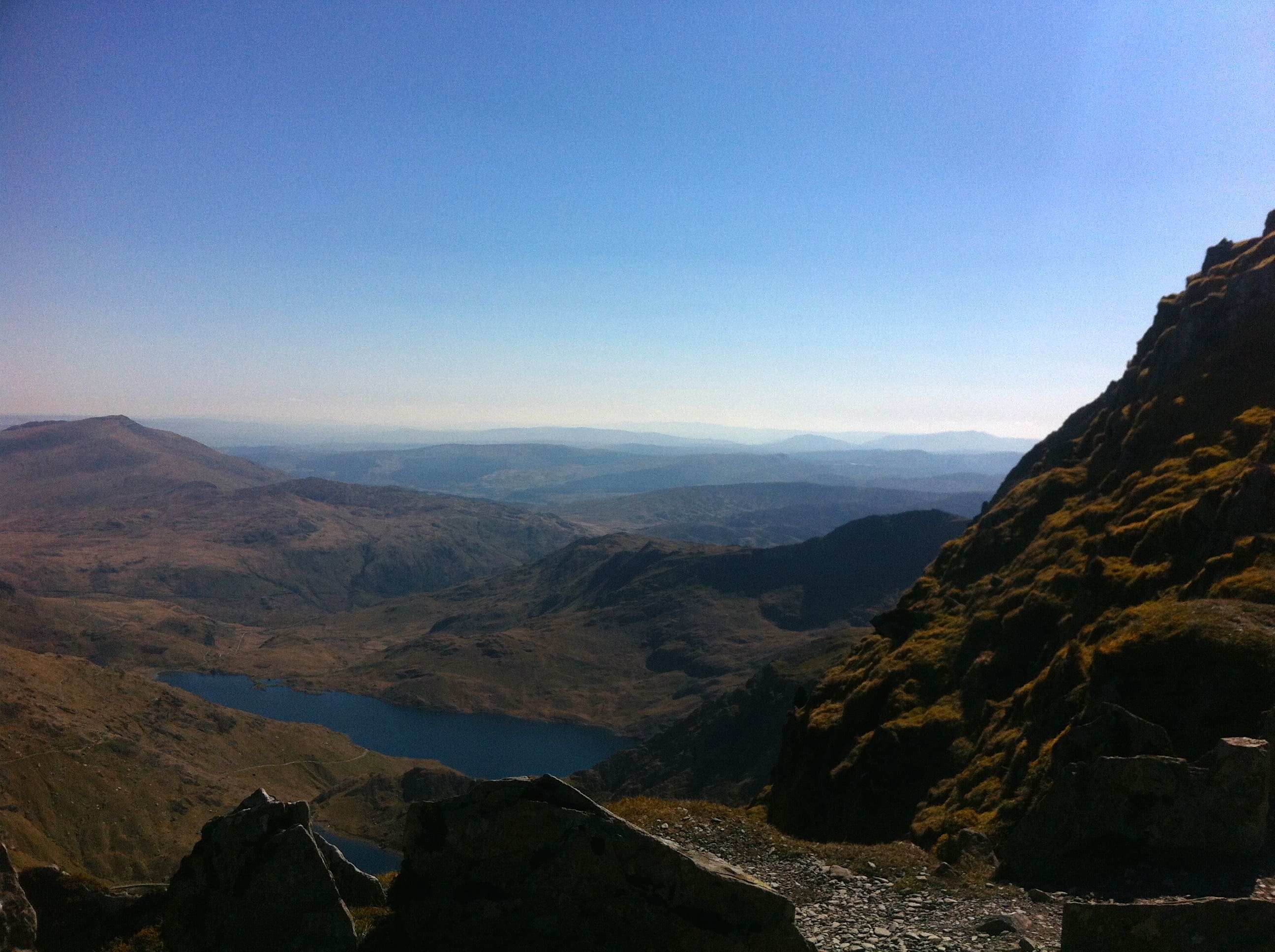
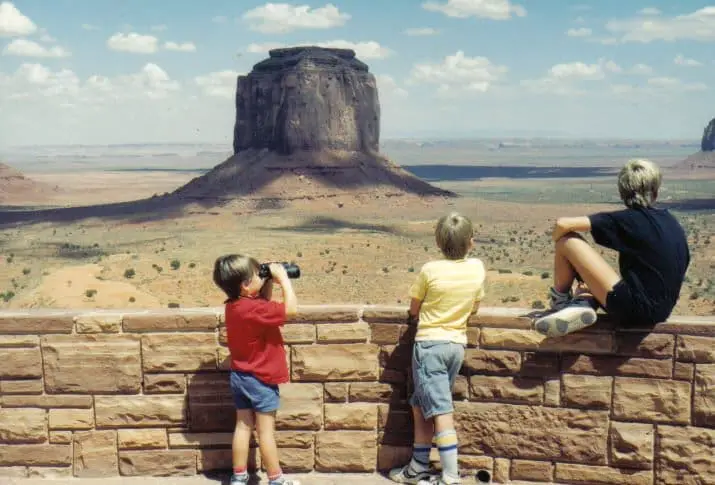
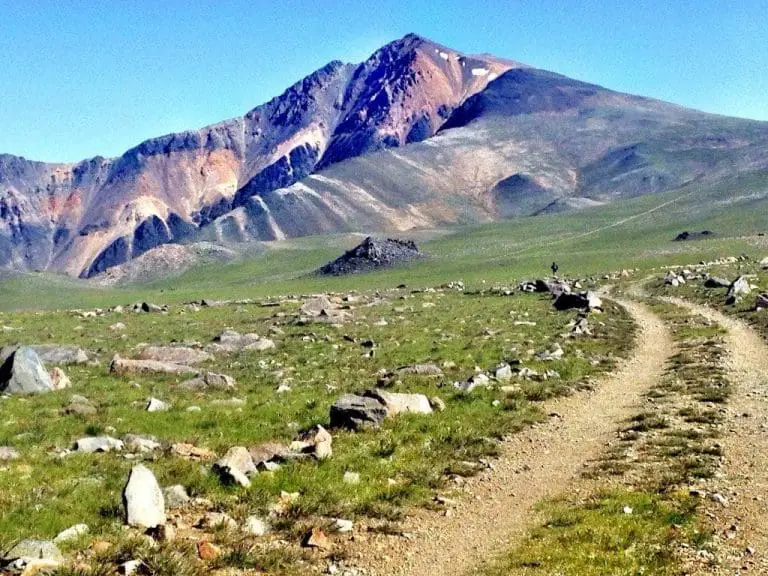

I have found this article really useful to read. I love cooking while camping on the first two days and then it seems to become a bit of a nightmare. There are some very useful tips here. I tend to just make breakfast and dinner and we eat snacks for lunch because, as you say, it breaks up the day in an awkward way on a camping trip. I also take wine and I am not quite as selective as you! Thanks for the ideas.